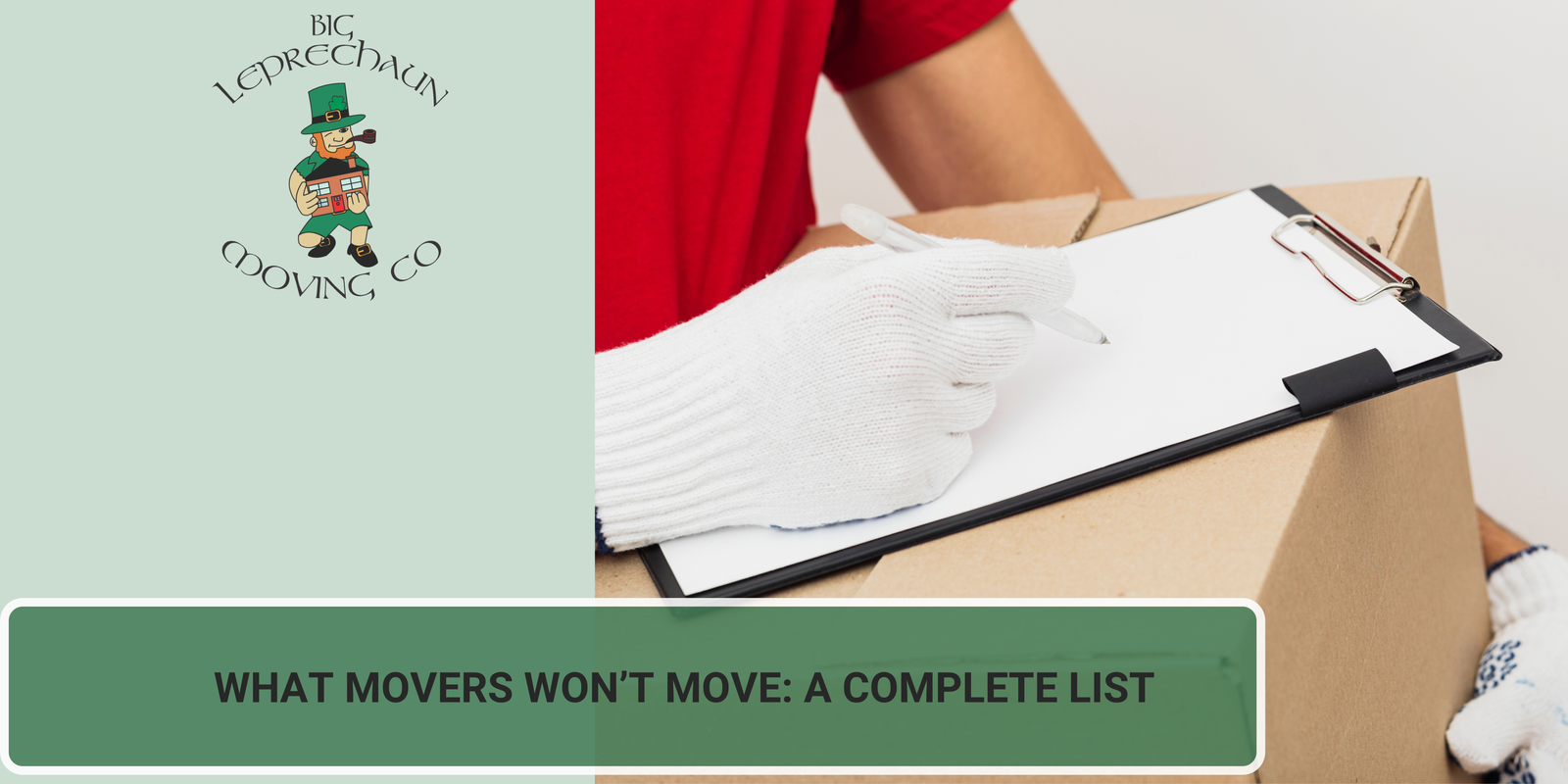Moving to a new home is an exciting yet overwhelming experience. One of the most stressful parts of moving is packing, but with the right strategies, it can be made easier and more efficient. Packing your belongings properly not only ensures that everything arrives safely but also helps reduce the stress of last-minute packing. In this article, we’ll cover the top 10 packing tips to make your move easier, from organizing your items to using the right materials.
1. Start Early
One of the most important tips for a smooth move is to start packing as early as possible. Procrastination only increases the stress and pressure as the moving date approaches. Starting early allows you to pack in stages, reducing the feeling of being overwhelmed. Begin by packing the items you use least and leave the essential items for last.
Tip: Start packing at least a few weeks before the move. Begin with items you don’t use daily, such as seasonal clothing, books, and décor.
2. Declutter Before You Pack
Packing is the perfect opportunity to declutter your home. Go through each room and get rid of items that you no longer need or use. This will reduce the number of things you need to pack, making your move easier and more efficient. Donate, sell, or dispose of unwanted items instead of carrying unnecessary things to your new home.
Tip: Sort your belongings into categories: keep, donate, sell, or throw away. This helps streamline the packing process and minimizes clutter at your new home.
3. Label Your Boxes Clearly
Labeling your boxes is crucial for an organized move. It helps you easily identify which box belongs in which room and ensures that fragile items are handled carefully. Use large, legible labels with a brief description of the contents and the room it belongs to. This will save time when unpacking and prevent frustration.
Tip: Color-code your boxes for each room using colored markers or stickers to make unloading easier.
4. Use Quality Packing Materials
Using the right packing materials is essential for protecting your belongings during the move. Invest in high-quality packing materials like sturdy boxes, bubble wrap, packing paper, and packing tape. These materials will prevent damage to your fragile items and ensure that everything is packed securely.
Tip: Opt for medium-sized boxes for heavier items and large boxes for lighter, bulkier items. Avoid over-packing boxes, as they can become too heavy to carry.
5. Pack Room by Room
To stay organized during your move, pack one room at a time. This approach allows you to focus on one area, making it easier to keep track of your belongings. It also ensures that each box is labeled correctly and is designated for a specific room in your new home.
Tip: Start with the rooms that are least used, such as guest rooms or storage spaces, and save the kitchen and bedrooms for last.
6. Wrap Fragile Items Properly
Fragile items, such as glassware, dishes, and electronics, require extra care during packing. Use bubble wrap, packing paper, or old towels to wrap these items and protect them from breaking during transit. For extra security, pack fragile items in smaller boxes to prevent them from shifting.
Tip: Use the “double box” method for very fragile items by placing them in one box and then placing that box inside a larger one, padded with additional packing materials.
7. Fill Empty Spaces in Boxes
To prevent your items from shifting during the move, fill any empty spaces in your boxes with packing peanuts, crumpled paper, or soft clothing. This will help absorb shock and keep everything secure. Be sure to pack items tightly without overloading the box, which could lead to breakage.
Tip: When packing clothes, consider using them as padding around fragile items. It’s an efficient way to save space and protect your belongings at the same time.
8. Pack Essential Items Separately
Set aside a box or bag with essential items that you’ll need immediately upon arrival at your new home. This “essentials box” should include things like toiletries, medications, chargers, important documents, a change of clothes, and snacks. Having these items easily accessible will prevent you from scrambling to find them as soon as you arrive.
Tip: Keep your essentials box with you during the move rather than placing it with your packed belongings to ensure it stays within reach.
9. Use Towels, Blankets, and Clothes as Padding
Instead of buying extra packing materials, you can use towels, blankets, and clothes to protect your fragile items and furniture. These soft items can cushion your belongings and prevent damage during the move. They are also lightweight, saving space in your moving boxes.
Tip: Wrap smaller items in towels or blankets before placing them in boxes to keep them safe and save on bubble wrap or packing paper.
10. Hire Professional Movers or Rent the Right Equipment
If you have heavy furniture or delicate items, consider hiring professional movers who have the experience and equipment to handle the move safely. If you prefer a DIY move, rent the right equipment, such as moving dollies, ramps, and furniture pads, to make the process easier and more efficient.
Tip: Check with your moving company to confirm that they provide the necessary equipment and insurance coverage for your belongings.
Conclusion
Packing for a move doesn’t have to be a stressful or overwhelming task. By following these 10 packing tips, you can make your move easier and more organized, ensuring that your belongings are protected and your new home is ready for you to settle in. Starting early, decluttering, using the right materials, and labeling everything clearly will save you time and effort on moving day. Whether you’re moving across town or across the country, these tips will help you achieve a smoother, more efficient move.








2 Responses